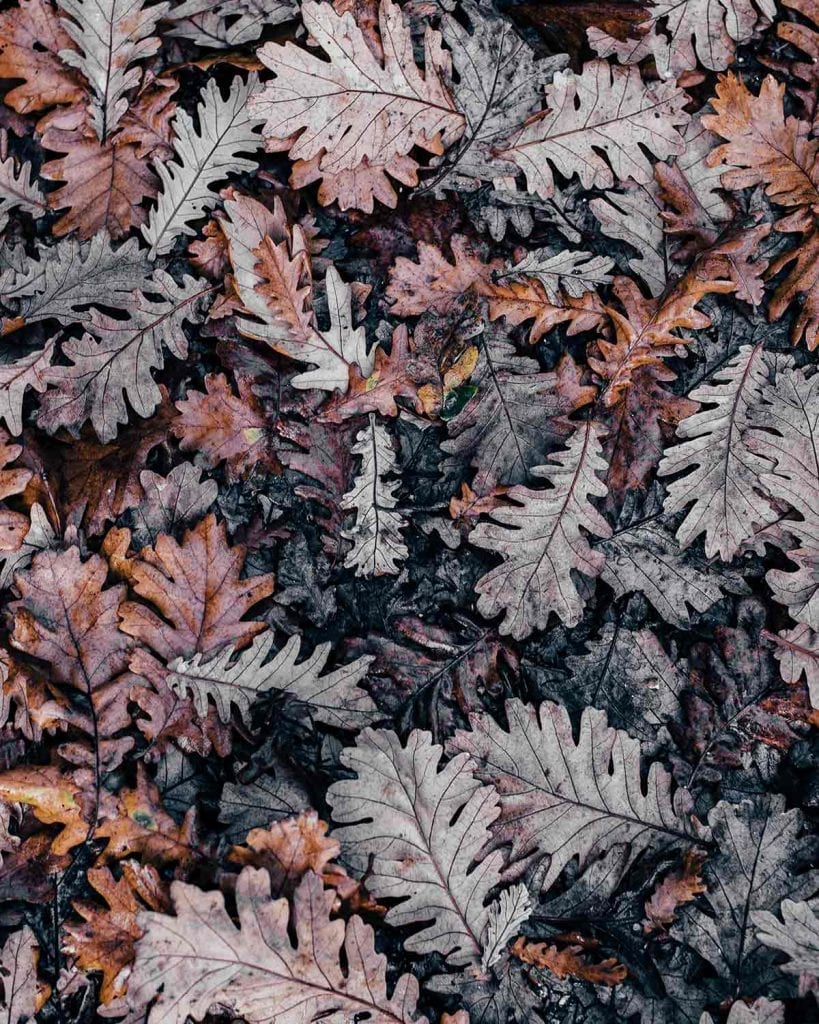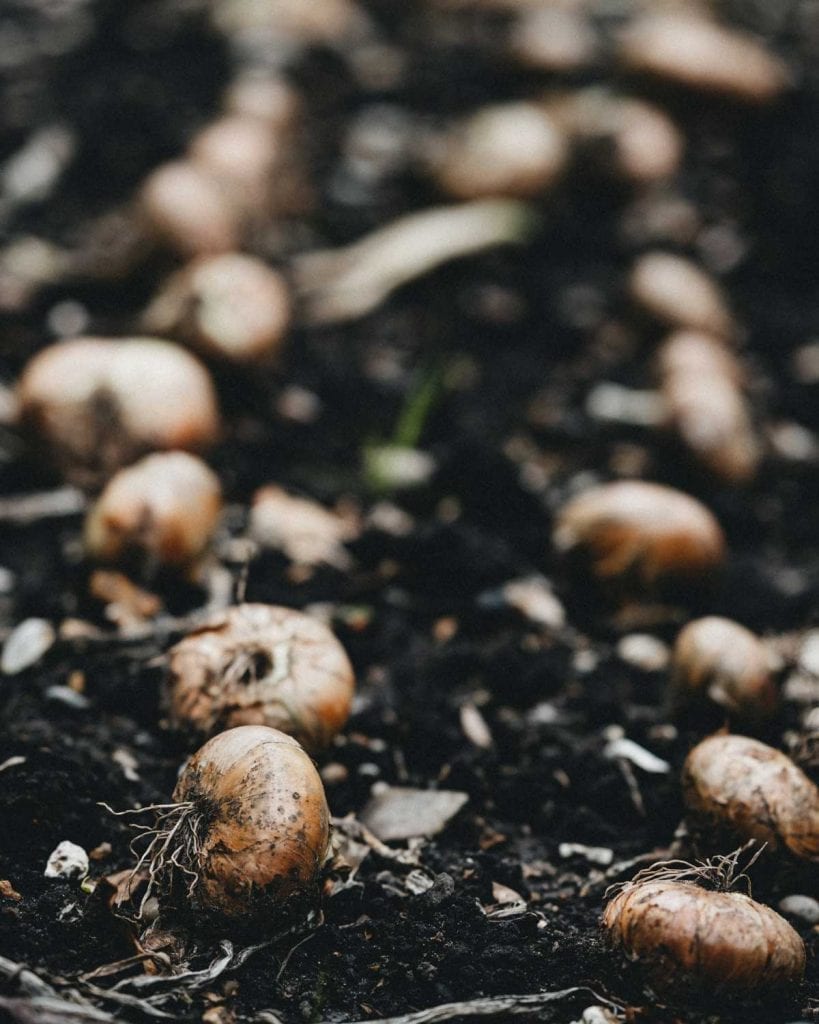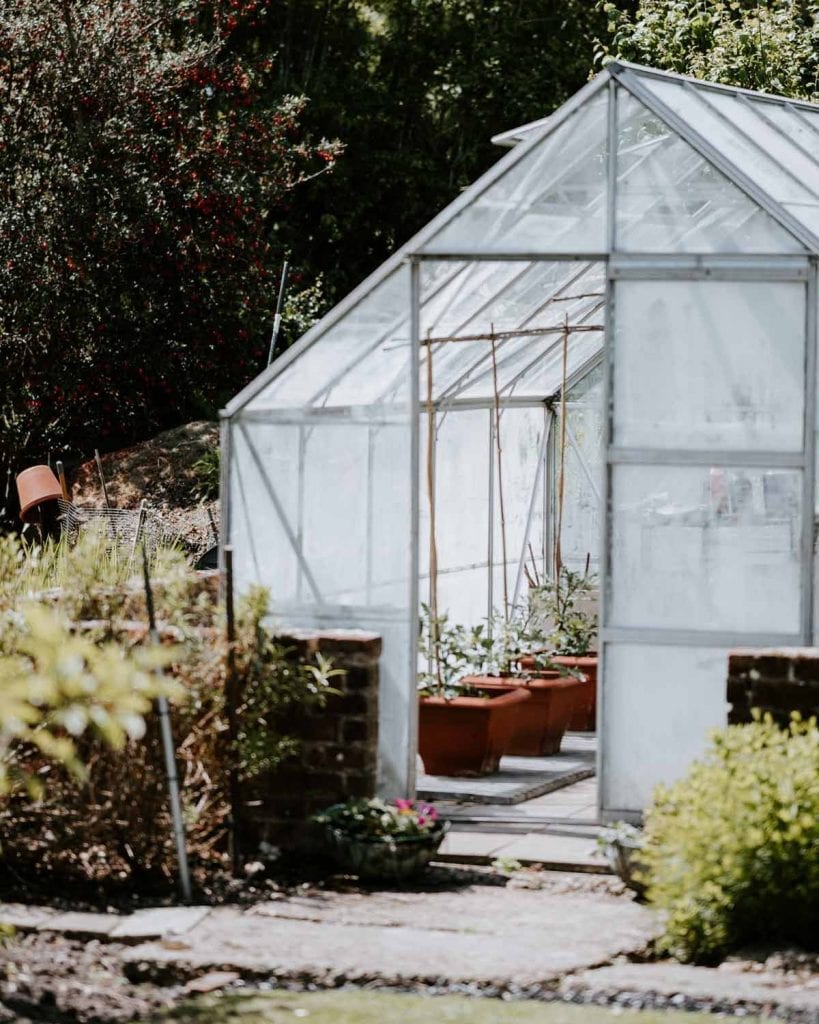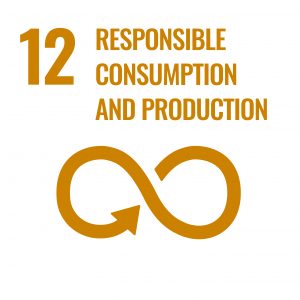Since we’re all spending more time at home these days, it’s the perfect time for a new backyard project. Setting up a compost pile is a great way to reduce kitchen waste while also creating healthy soil feeder for your plants.
Composting is also fully customisable meaning you can adjust your pile or bin to meet your needs. Keep reading to learn more about composting, what materials you can (and can’t) add to your pile, and how to set up a compost pile.
Composting Basics
Composting is the process of turning organic materials into nutrient rich soil feeder by speeding up the natural decomposition process. While plenty of kitchen scraps will eventually decompose on their own, a compost pile speeds up the process giving you decomposed organic matter in weeks rather than years.
After the material has been broken down into organic waste that resembles crumbly top soil, you can then sprinkle it on the yard or garden or even add it to indoor potted plants. The compost will feed your biodiversity with healthy food.
Composting also diverts kitchen scraps that would have otherwise ended up in a landfill and sends them to your yard instead. This reverses the effects of landfills and harmful greenhouse gases by releasing more oxygen into the air.
What You Can (And Can’t) Compost
Compost materials are split into two categories, browns and greens. While both ingredients are essential for a thriving compost pile, there should be more browns than greens in each layer. A good ratio to aim for is 3:1.
Even your yard is picky about what it eats. Not all kitchen scraps are good for your compost pile — in fact many can even poison your compost and render it unusable. Here’s what to add to your brown and green layers.

Browns:
Brown materials are those that are rich in carbon. These items are typically found both in your kitchen and your yard, and they’re especially essential for a healthy compost pile.
Here are some common browns to use:
- Branches
- Dead leaves
- Twigs
- Shredded newspaper
- Egg shells

Greens:
Green materials are those rich in nitrogen. These materials are more commonly thought of as kitchen scraps, such as vegetable stems and leftover fruit.
Here are some common greens to use:
- Vegetables
- Fruits
- Loose tea/tea bags
- Old flowers
- Coffee grounds/filters

Materials to avoid:
As we mentioned earlier, not all kitchen scraps should end up in your compost. Some materials can delay composition, cause a yucky rotten egg smell, or even poison your compost.
Here are materials to avoid while composting:
- Meat
- Dairy
- Cooking oils
- Citrus fruit peels
- Diseased plants or weeds
- Coal or charcoal ash
How To Compost Outdoors
Once you’ve begun collecting your compost materials, it’s time to set up an area for your compost pile. The most popular way to do this is to set up a pile outdoors.
Step 1: Find a spot in your yard where you can set up a large tumbler or enclosed bin. You can also dig a hole directly in the earth. Ideally you’ll pick a shady spot that is close to a water source.
Step 2: Begin adding your compost layers, starting with a brown layer and then a green layer. Remember that each layer should be three parts brown for every own part green.
Step 3: Add water to keep your pile moist, but don’t overwater or your pile will become soggy (and smelly). You can also add in green activators such as grass clippings and comfrey leaves to speed up decomposition.
Step 4: Every 7 to 10 days you should aerate, or turn, your compost pile. As time goes on, your compost pile should begin to feel warm and steamy — that’s a sign that it’s working!
Step 5: Once most of the organic materials are broken down and your compost resembles crumbly top soil, it’s ready to be used as soil feeder. The compost should be free of foul odors and smell pleasant and earthy.
While composting outdoors is the most popular method, there are also options for indoor compost bins if you’re in an apartment or small space. Do something good for the planet and your garden by starting a compost pile today!
The glory of gardening: hands in the dirt, head in the sun, heart with nature. To nurture a garden is to feed not just on the body, but the soul.
– Alfred Austin
Words by Karlyn, a writer who specialises in the wellness and insurance spaces. She believes the best ingredients for success are passion and purpose. Photography by Annie Spratt.




